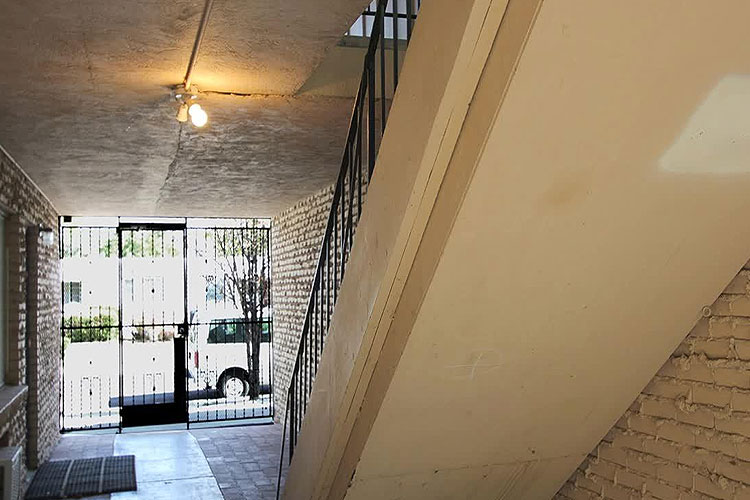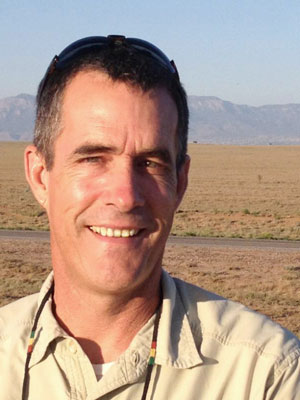

By Ted Nee
Simulations are a great tool for developing decision-making skills. They are especially effective training for “soft” skills. Soft skills are often referred to as the three Rs: Reading, Recognizing and Reacting. Reading is seeing the critical cues at an incident, things like building construction, fire dynamics, and rescue profile. Recognizing is seeing a pattern based on the critical cues observed. Finally, reacting is choosing a course of action that is likely to affect the outcome of the incident based on your prior experience with similar events. Naturalistic decision-making researcher Gary Klein describes this process as recognition primed decision making or RPMD. In order to develop these “soft skills” it is necessary to gain experience in a wide variety of incident situations. Training with incident simulations is one way to accomplish this goal.
In this month’s garden apartment simulation, you are the Engine 1 officer and will be first due at the incident. You are in quarters when the following dispatch comes in: “Engine 1, Engine 2, Engine 3, Ladder 1, and Battalion 1 respond to 1101 Palomas Drive; we have a report of a structure fire in an apartment complex at this address.”
RELATED: Garden Apartment Fires: No Walk in the Park | Responding to Fires in Garden Apartments | Garden Apartment and Townhouse Fires
The two-story apartment building is of ordinary construction. The bearing walls are of masonry construction with conventionally-framed wooden floor and roof assemblies. The roof is pitched and covered with fiberglass shingles. This is a garden-style apartment with an open courtyard in the center. All the apartments are accessed through the interior courtyard. The built-in fire protection system consists of smoke detectors in each apartment and alarm pull stations located on both floors. There is no fire sprinkler system.
Start the garden apartment simulation video agove. You will be prompted to pause the video and give a radio report at several key points.
The first radio transmission you will provide is a standard size-up report. This radio report should include the following elements:
- Arrival on scene
- Building area/size
- Building height (number of stories)
- Problem description
- Action being taken (assignments for the E-1 crew)
- Assume and name command
- Any resource needs
At the next place, you are asked to pause the video you are prompted to give a follow-up report. This report should include:
- Presence or absence of a basement
- The number of stories from Side C if different from initial size-up
- Any immediate life safety or rescue needs
- Incident problems or location if different from the initial size-up
You will be prompted to pause the video and make an assignment when additional units report on scene. Practice giving assignments using the Task, Location, Objective (TLO) format. An example assignment might be: “Ladder 1 pull a second handline from Engine 1, (Task) go to the first floor (Location), get an “all clear,” and check for fire extension.” (Objective)
When Battalion 1 arrives on scene, make a command transfer using your department’s standard command transfer process (if applicable).
Formulate Conditions, Actions, Needs (C.A.N.) reports for the assigned units based on the visible conditions and information provide when prompted to do so.
Finally, have Battalion 1 give an assignment to Engine 3 using the TLO format based on the C.A.N. reports from the assigned units.
The most effective way to use the simulation is to get feedback regarding your performance (have an experienced officer or colleague critique your radio reports) and run through the simulation again, incorporating the feedback.
More fire training simulations: http://emberly.fireengineering.com/training/fire-simulations.html
 Ted Nee is a 34-year veteran of the fire and emergency services. He joined the Albuquerque (NM) Fire Department (AFD) in 1983. He retired from the AFD at the rank of deputy chief. After his service with the AFD Ted served as the lead command instructor and command training center coordinator for the Emergency Response Organization at Sandia National Labs in Albuquerque for nine years. Ted is a Blue Card Command type IV and V Incident Commander and a Blue Card Command Instructor. Ted is currently teaching Fire Studio 6 Essentials and Advance Simulation Concepts workshops across North America. Ted is the co-author of the Fire Engineering DVD “Fire Dynamics” along with Dan Madrzykowski of the Underwriters Laboratories Firefighter Safety Institute and Lieutenant John Ceriello of the Fire Department of New York.
Ted Nee is a 34-year veteran of the fire and emergency services. He joined the Albuquerque (NM) Fire Department (AFD) in 1983. He retired from the AFD at the rank of deputy chief. After his service with the AFD Ted served as the lead command instructor and command training center coordinator for the Emergency Response Organization at Sandia National Labs in Albuquerque for nine years. Ted is a Blue Card Command type IV and V Incident Commander and a Blue Card Command Instructor. Ted is currently teaching Fire Studio 6 Essentials and Advance Simulation Concepts workshops across North America. Ted is the co-author of the Fire Engineering DVD “Fire Dynamics” along with Dan Madrzykowski of the Underwriters Laboratories Firefighter Safety Institute and Lieutenant John Ceriello of the Fire Department of New York.
Fire Simulation: Supermarket Fire
Fire Simulation: Apartment Fire
Fire Simulation: Attached Gararge Fire
Fire Simulation: Motel Fire
Ventilation-Limited Fire Simulation
Fire Simulation: Restaurant Fire


